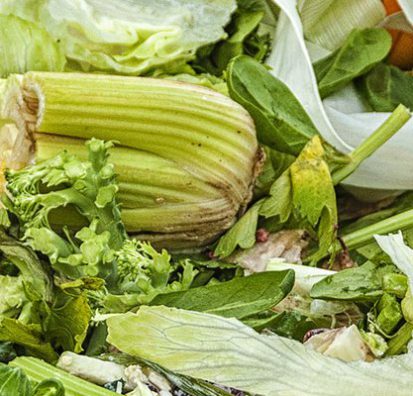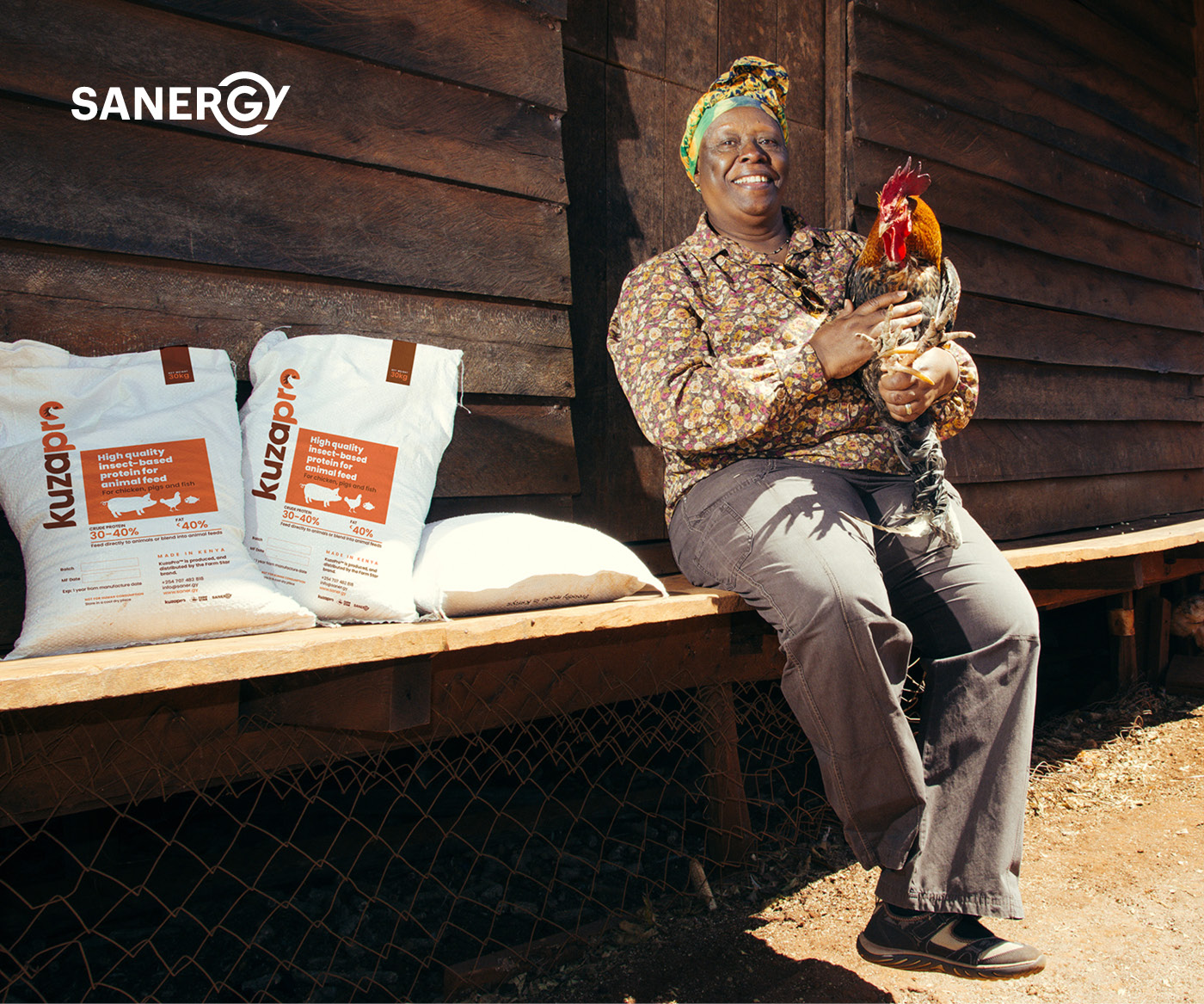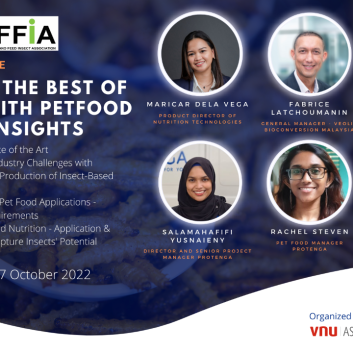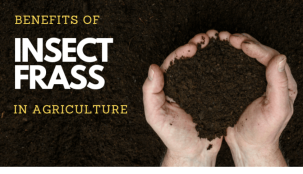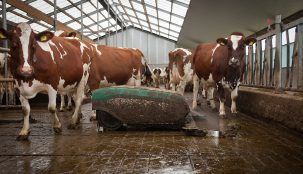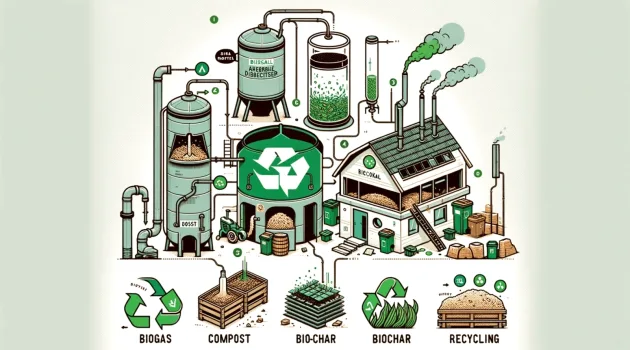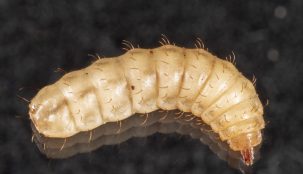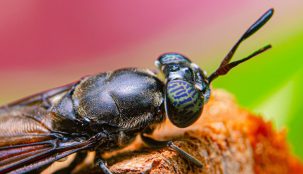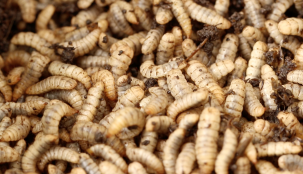Black Solider Fly: A New Vista for Waste Management and Animal Feed
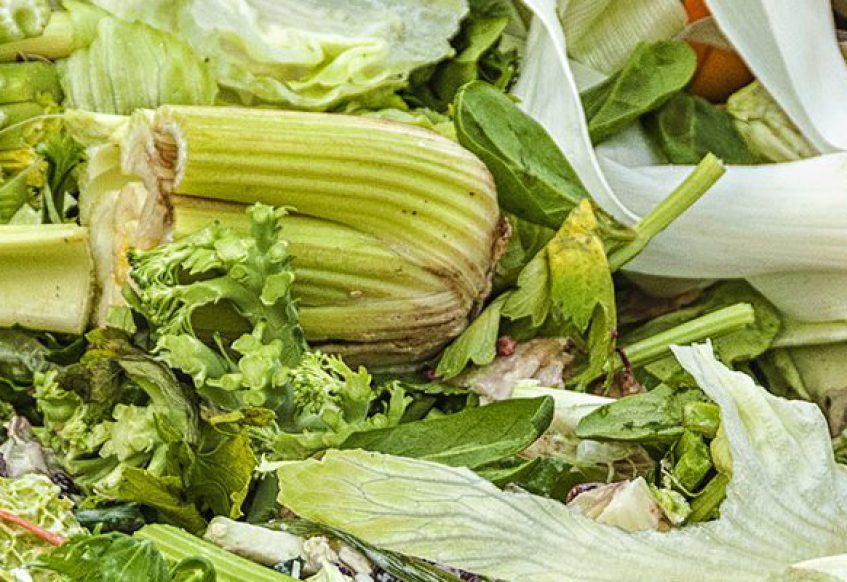
Handling urban waste poses a significant environmental challenge in many low- and middle-income countries, and this problem is intensifying as urban populations continue to grow. As environmental concerns gain momentum, experts are actively exploring innovative approaches to manage city waste more efficiently and sustainably, guided by the principles of a circular economy.
 Photo Source: Gabriella Papa
Photo Source: Gabriella Papa
A novel approach to managing organic waste, is using the Black Soldier Fly (BSF), Hermetia illucens. BSF larvae are effective at reducing the volume of waste and enhancing the nutrient content of materials such as swine manure, making it more similar in quality to poultry manure. This not only benefits farm hygiene but also helps reduce pest fly populations and lowers nutrient pollution in runoff. Additionally, these larvae can alter the microbial composition of the waste, potentially reducing harmful bacteria like Escherichia coli 0157:H7 and Salmonella enterica.
While producing BSF larvae in quantities sufficient to feed swine directly might be challenging, they find valuable alternative applications. For instance, they can be used as a protein source for fish feed. The remaining waste residue, after the larvae have worked their magic, can be utilized for horticulture, allowing plants to thrive in otherwise poor-quality soils or even sand.
 Photo Source: Daniel Bardsley
Photo Source: Daniel Bardsley
Notably, BSF larvae can also thrive on slaughterhouse blood and offal, contributing to the valorization of waste from human food production. This versatility demonstrates the potential for BSF larvae to serve as a food source for various animals while utilizing different organic wastes as a substrate, without compromising their palatability for human consumption. These developments hold significant promise for advancing sustainable and resource-efficient agriculture in the developing world.
In response to these advances, animal feed regulatory agencies are increasingly authorizing the use of BSF proteins in poultry and fish feed. The overarching objective is to replace protein-rich feed ingredients, such as soybean and fishmeal, known for their high environmental footprints. The nutritional value of BSF larvae is comparable to these conventional sources, as indicated in our data table.
| % in dry matter (DM) | BSF larvae | Fish meal | Soy meal |
| Crude protein | 56.9 | 70.6 | 51.8 |
| Lipid | 26.0 | 9.9 | 2.0 |
| Calcium | 7.56 | 4.34 | 0.39 |
| Phosphorus | 0.90 | 2.79 | 0.69 |
| Ca : P ratio | 8.4 | 1.56 | 0.57 |
| Amino acids | BSF larvae | Fish meal | Soymeal |
| Essential | |||
| Methionine | 2.1 | 2.7 | 1.32 |
| Cystine | 0.1 | 0.8 | 1.8 |
| Valine | 8.2 | 4.9 | 4.50 |
| Isoleucine | 5.1 | 4.2 | 4.16 |
| Leucine | 7.9 | 7.2 | 7.58 |
| Phenylalanine | 5.2 | 3.9 | 5.16 |
| Tyrosine | 6.9 | 3.1 | 3.35 |
| Histidine | 3.0 | 2.4 | 3.06 |
| Lysine | 6.6 | 7.5 | 6.18 |
| Threonine | 3.7 | 4.1 | 3.78 |
| Tryptophan | 0.5 | 1.0 | 1.36 |
| Non-essential | |||
| Serine | 3.1 | 3.9 | 5.18 |
| Arginine | 5.6 | 6.2 | 7.64 |
| Glutamic acid | 10.9 | 12.6 | 19.92 |
| Aspartic acid | 11.0 | 9.1 | 14.14 |
| Proline | 6.6 | 4.2 | 5.99 |
| Glycine | 5.7 | 6.4 | 4.52 |
| Alanine | 7.7 | 6.3 | 4.54 |
Information
- Link for data source: https://doi.org/10.20546/ijcmas.2019.801.142
- Qifa Yao is head of training at the insect school, Horst, Netherlands – https://www.insectschool.com/
- If you want to learn more: 3-DAY ONSITE TRAINING – Insect School
Comments on this post
Comment posted by Claire Lafave:
Hi there!
I work for a small carbon project developer, and I’m interested in better understanding the opportunity to operationalize and commercialize BSF composting systems in the U.S. Are there folks you would recommend I connect with?
All best,
Claire
